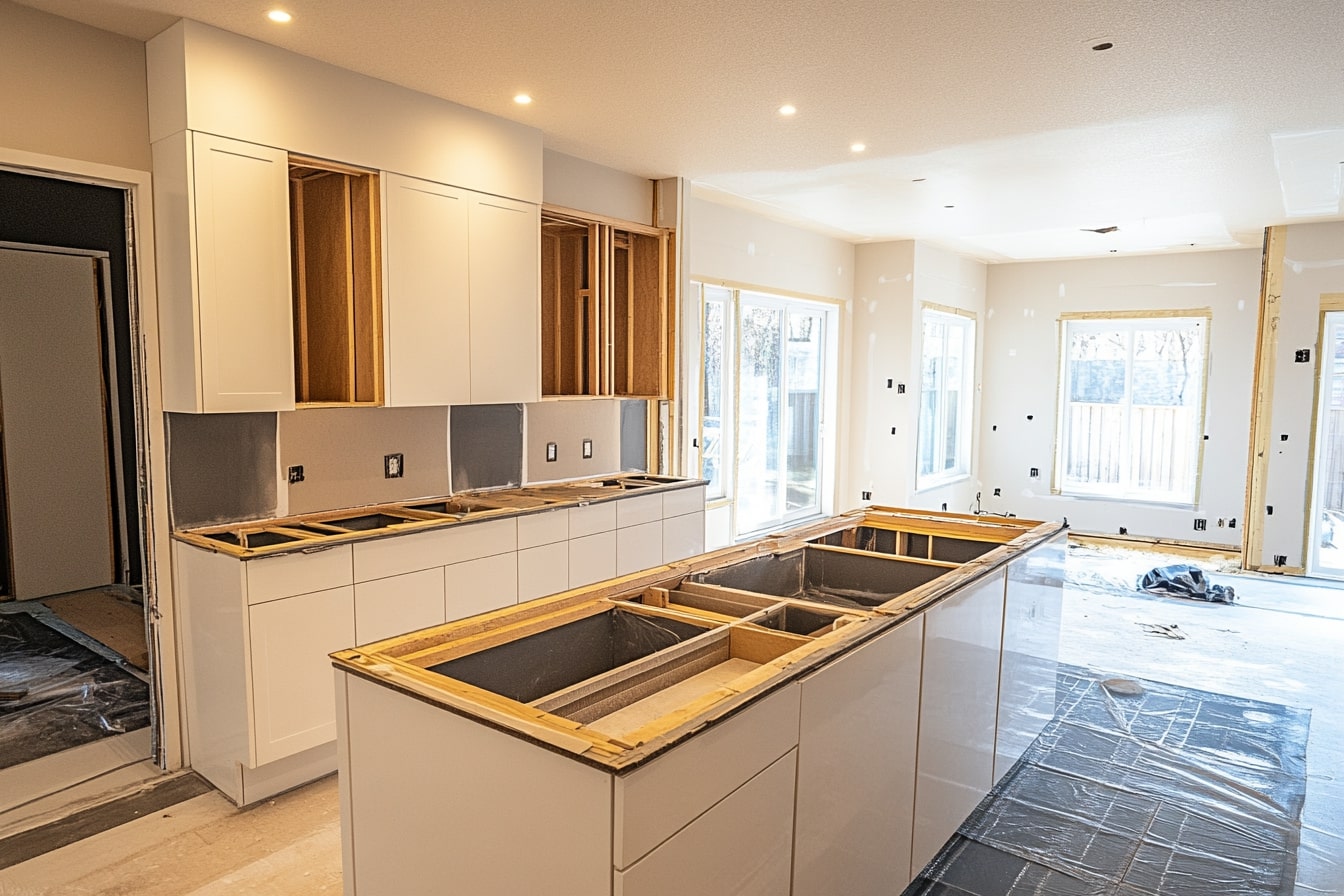Remodel Your Home: Essential Guide to Smart Renovations
Planning a home renovation? This comprehensive guide walks you through smart remodeling choices—from kitchen and bathroom upgrades to budgeting and hiring contractors. Learn practical tips on layout, materials, energy-efficient fixtures, and cost ranges to help you make informed decisions and maximize your investment in home remodeling.

Kitchen Renovation Essentials
The kitchen is often the centerpiece of a renovation because it combines daily function with strong resale appeal. Begin by arranging an efficient work triangle that connects the sink, stove, and refrigerator to minimize unnecessary steps. Upgrade cabinetry and countertops to improve organization and durability; consider full-extension drawers, pull-out shelves, and built-in pantry solutions to maximize storage.
When selecting surfaces and finishes, prioritize materials that balance style with wear resistance. Quartz and solid-surface countertops resist stains and require less maintenance than some natural stones, while durable cabinet finishes help hide everyday wear. Adding an island can expand prep area, seating, and storage—especially beneficial in open-plan layouts. For modern convenience and energy savings, look into smart appliances, induction cooktops, and LED task lighting positioned under cabinets or over work zones.
Think through workflow and clearances: allow sufficient space between counters and islands for comfortable movement, and position major appliances to support common cooking patterns. Lighting layers are important: combine ambient ceiling lights, focused task lighting, and accent lights to create a versatile, functional kitchen.
Bathroom Renovation Strategies
Bathrooms may be smaller, but their impact on comfort and property value is substantial. Prioritize ventilation to prevent mold and preserve finishes; an appropriately sized exhaust fan and proper window placement can control moisture effectively. Waterproofing is essential—use water-resistant backer boards and membranes behind tiles, and ensure seals around baths and showers are professionally installed.
Consider layouts that improve usability: walk-in showers with low thresholds provide accessibility and a spacious feel, while dual vanities can ease morning routines in shared bathrooms. Choose water-efficient fixtures such as low-flow toilets and faucet aerators to reduce utility bills without sacrificing performance. Select tile and materials rated for wet environments and follow manufacturer guidelines for grout and sealants to avoid future moisture problems.
Lighting should include bright task fixtures around mirrors and softer ambient lighting for relaxation. Heating options like radiant floor systems or heated towel racks add comfort and can be selling points for prospective buyers.
Cost Considerations and Project Scope
Renovation expenses vary widely depending on scope, finishes, and regional labor rates. Below is a typical cost and timeline breakdown to help you set realistic expectations and plan financing.
| Project Type | Average Cost Range | Typical Timeline |
|---|---|---|
| Kitchen Remodel | $15,000 - $50,000 | 4-8 weeks |
| Bathroom Remodel | $10,000 - $30,000 | 2-4 weeks |
| Whole House Renovation | $100,000 - $250,000 | 3-8 months |
| Room Addition | $20,000 - $75,000 | 6-12 weeks |
Prices, rates, or cost estimates mentioned in this article are based on the latest available information but may change over time. Independent research is advised before making financial decisions.
When budgeting, build a contingency fund of 10-20% for unexpected discoveries like structural repairs or outdated wiring. Material choices can swing costs dramatically—mid-range materials typically provide the best balance of value and longevity for resale.
Working with Professional Contractors
Finding the right professionals is critical to a smooth renovation. Solicit multiple bids to compare scopes of work and pricing, and don’t hesitate to ask for references and photos of past projects. Verify contractor licenses, trade-specific certifications, and active insurance coverage to protect against liability.
A clear, detailed written contract should specify timelines, payment milestones, scope of work, materials, change-order procedures, and warranties. Establish regular communication channels—weekly progress meetings or status emails help keep the project on track and reduce misunderstandings. For complex or large-scale renovations, consider hiring a project manager or general contractor to coordinate subcontractors, scheduling, and inspections.
Keep records of all permits, inspection reports, and invoices; these documents are useful for troubleshooting, maintenance, and future resale.
Maximizing Your Remodeling Investment
Aim for improvements that enhance long-term value while meeting current lifestyle needs. Energy-efficient upgrades—such as LED lighting, ENERGY STAR appliances, improved insulation, and efficient HVAC systems—can yield ongoing savings and appeal to buyers. Choose timeless finishes and neutral palettes to broaden appeal; avoid overly personalized custom features that may deter future purchasers.
Focus on quality where it matters: reliable plumbing and electrical systems, sound structural work, and durable surfaces in high-use areas. Maintain detailed records of warranties, manufacturer information, and maintenance schedules to pass along to future owners and to make upkeep easier.
Final Thoughts
Successful remodeling blends thoughtful planning, realistic budgeting, and careful execution. Whether you manage a project yourself or work with professionals, emphasize functionality, quality materials, and clear communication. With patience and attention to detail, a well-planned renovation can improve daily life, boost property value, and deliver spaces that serve your needs for years to come.






